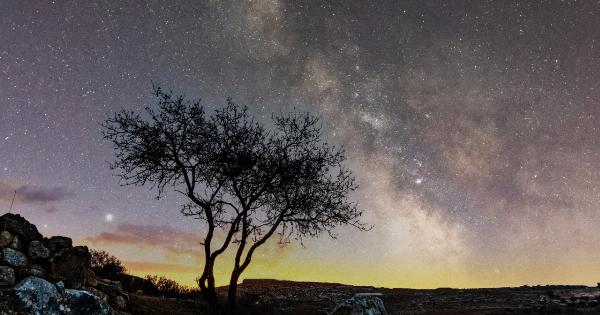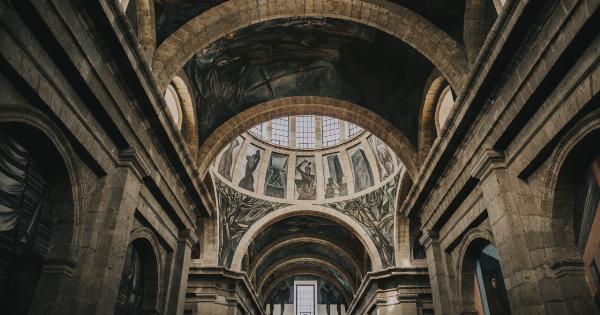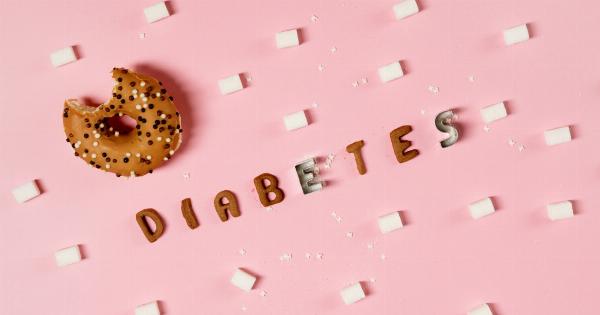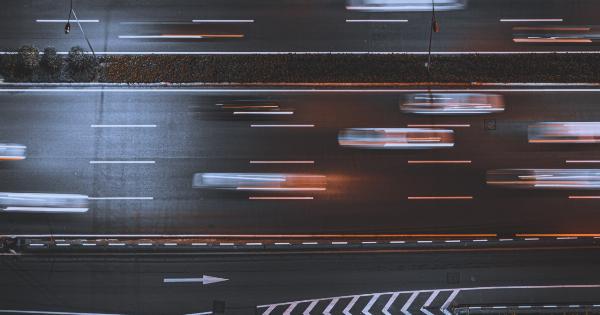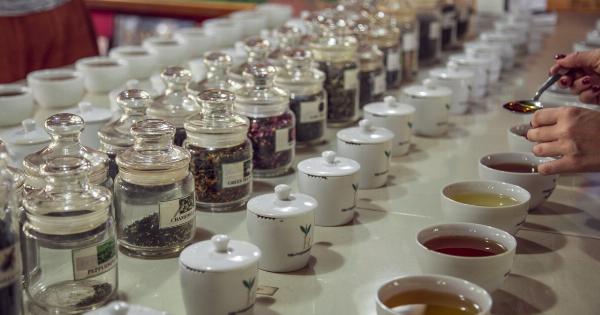The biliary bladder, also known as the gallbladder, is a small pear-shaped organ located on the right side of the abdomen, just beneath the liver.
It is positioned between the right and quadrate lobes of the liver, nestled in a small depression known as the gallbladder fossa.
The Purpose of the Biliary Bladder
The primary purpose of the biliary bladder is to store and concentrate bile, a fluid produced by the liver. Bile is essential for the digestion and absorption of fats in the small intestine.
When we consume a fatty meal, the gallbladder contracts and releases bile into the small intestine through a duct called the common bile duct.
Bile Production and Composition
Bile is continuously produced by the liver cells, which are called hepatocytes. These hepatocytes secrete bile into tiny channels known as bile canaliculi. The canaliculi then merge to form bile ducts, which lead to the main bile ducts.
The liver produces bile salts, bile pigments, cholesterol, water, and electrolytes in the composition of bile.
Bile Storage in the Biliary Bladder
After being produced by the liver, bile is transported to the biliary bladder through the cystic duct. The biliary bladder acts as a storage reservoir for bile, allowing it to accumulate until it is needed for the digestion of fats.
The presence of bile in the gallbladder triggers the secretion of cholecystokinin, a hormone that stimulates gallbladder contraction and the release of bile.
Gallstones and Biliary Bladder
Gallstones are hardened deposits that can form in the biliary bladder due to the precipitation of bile components.
They may vary in size and can obstruct the flow of bile from the gallbladder, leading to complications such as cholecystitis (inflammation of the gallbladder), choledocholithiasis (stones in the common bile duct), or pancreatitis (inflammation of the pancreas). In severe cases, surgical removal of the gallbladder may be necessary to alleviate symptoms and prevent further complications.
Biliary Bladder Diseases and Disorders
Several diseases and disorders can affect the biliary bladder, causing various symptoms and complications. Some common conditions include:.
1. Cholecystitis
Cholecystitis is the inflammation of the gallbladder, often caused by gallstones. It can lead to pain in the upper right abdomen, fever, nausea, and vomiting. Treatment may involve pain management, antibiotics, and possibly gallbladder removal.
2. Gallstones
Gallstones are solid deposits that form inside the gallbladder. They can range in size from tiny sand-like particles to larger stones. Symptoms may include abdominal pain, jaundice, and digestive issues.
Treatment options include medications, lithotripsy (breaking up the stones), or surgical removal of the gallbladder.
3. Choledocholithiasis
Choledocholithiasis refers to the presence of stones in the common bile duct. These stones may originate in the gallbladder or form within the duct itself. Symptoms can range from mild discomfort to severe pain and jaundice.
Treatment options include endoscopic removal of the stones or surgical intervention.
4. Cholangitis
Cholangitis is an infection of the bile ducts, often caused by a bacterial infection ascending from the intestine or due to an obstruction in the ducts. Symptoms may include abdominal pain, fever, jaundice, and sepsis.
Treatment involves antibiotic therapy and relieving the obstruction.
5. Biliary Colic
Biliary colic is characterized by intermittent and often severe pain in the upper right abdomen. It is typically caused by the temporary obstruction or irritation of the biliary ducts by gallstones.
Pain may worsen after eating fatty foods and can last for hours. Treatment may involve pain management or gallbladder removal.
Biliary Bladder Removal (Cholecystectomy)
In cases of recurrent gallstones or severe gallbladder diseases, surgical removal of the gallbladder may be necessary. The procedure is known as cholecystectomy and can be performed using laparoscopic or open surgery techniques.
While the biliary bladder is not a vital organ, its removal can lead to changes in digestion and dietary modifications may be necessary post-surgery.
Biliary Bladder Disorders and Diet
After the removal of the biliary bladder, the liver continuously produces bile, which flows directly into the common bile duct and then into the small intestine. However, without the gallbladder, the bile is not stored and concentrated as efficiently.
Therefore, dietary modifications may be necessary to prevent symptoms such as diarrhea or indigestion. Reduced intake of fatty foods and frequent small meals are often recommended to support proper digestion and minimize discomfort.
Conclusion
The biliary bladder plays a crucial role in storing and concentrating bile, which is essential for the digestion and absorption of fats.
Located beneath the liver, it can be susceptible to various diseases and disorders, such as gallstones and inflammation. If necessary, surgical removal of the gallbladder can be performed, requiring dietary adjustments to support optimal digestion and overall well-being.



